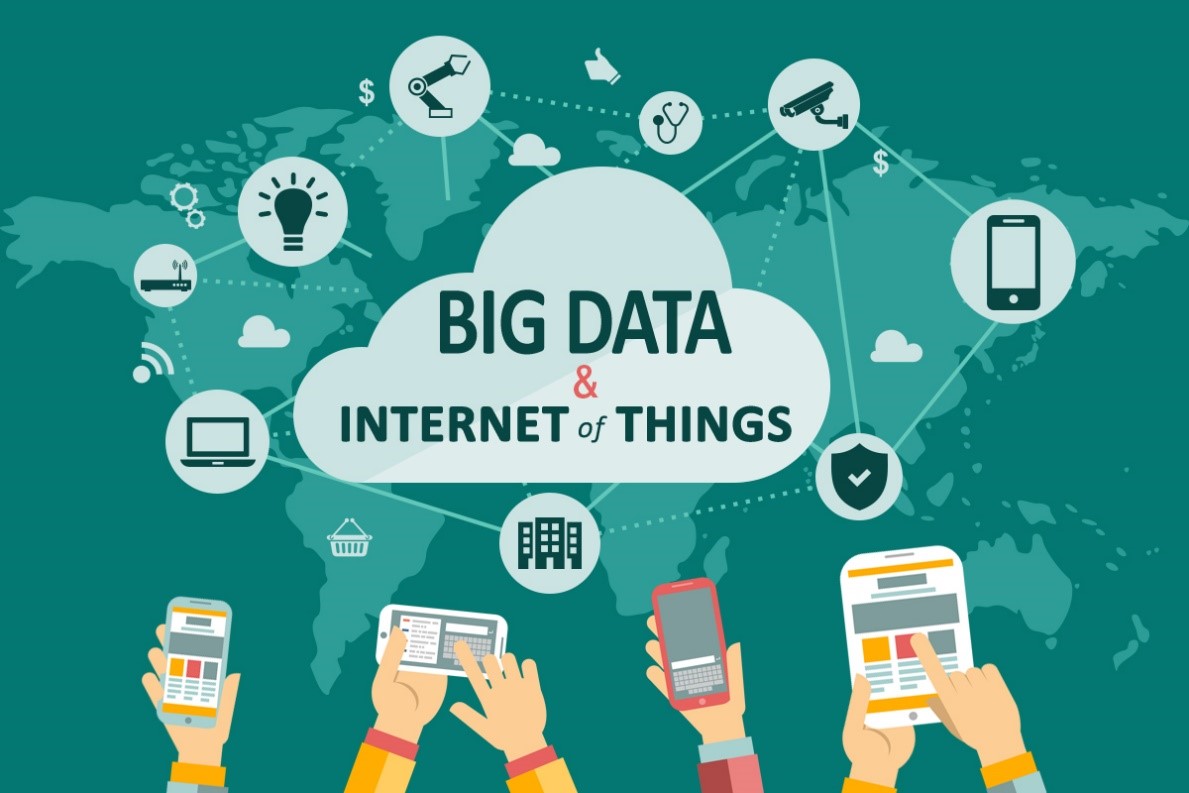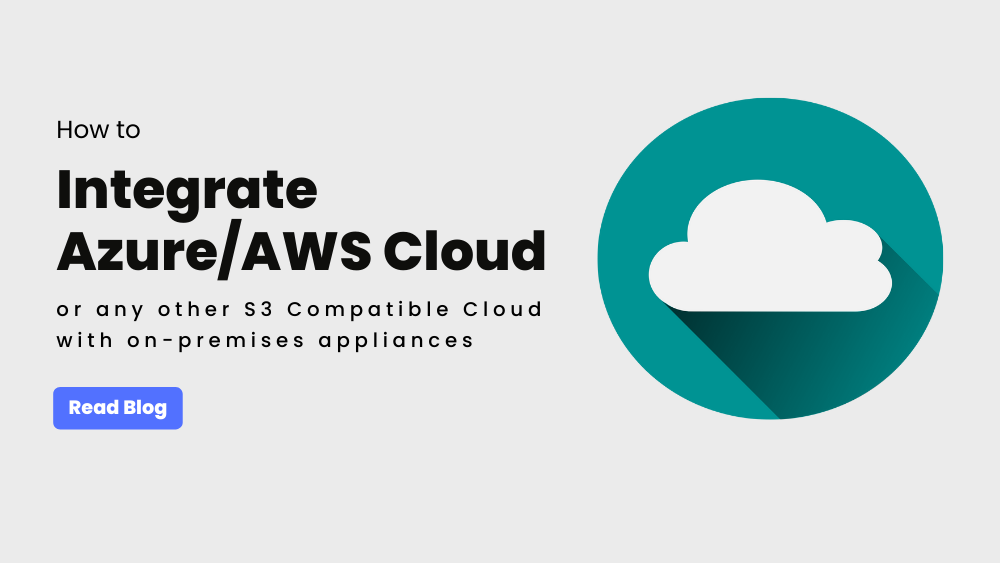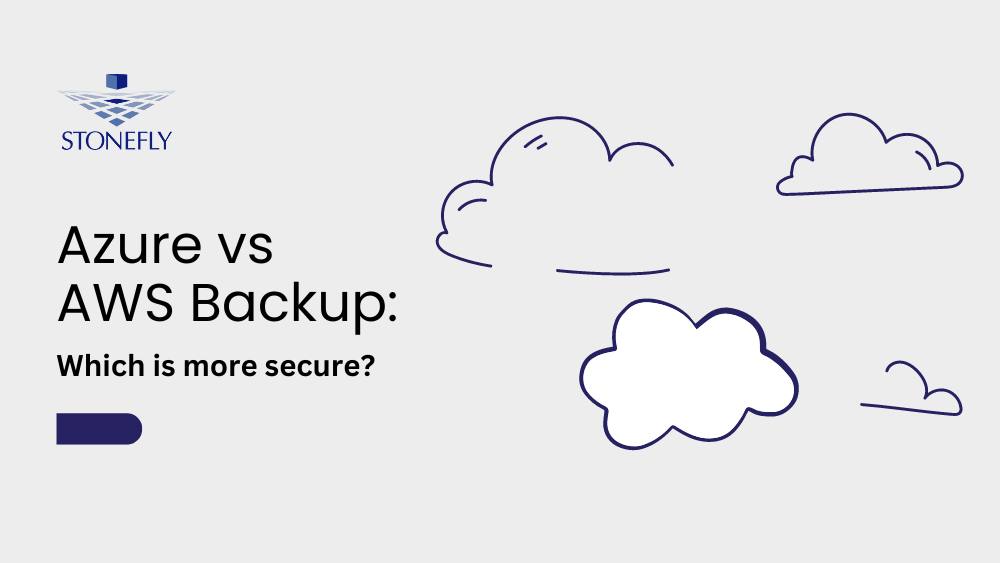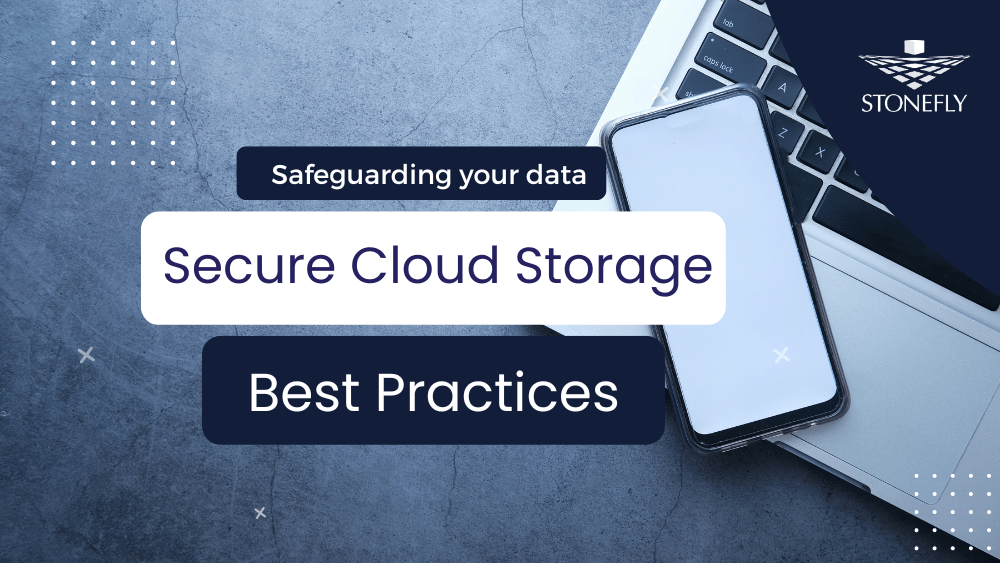
Internet of Things Analytics (IoT Analytics)
It is the common internet of things platform. Whether it is giving city-residents real-time updates on where to park, supervising our personal health or enhancing the production of industries. The internet of things is getting these different sorts of data together to provide the common language for the apps and devices to communicate with each other.
This starts with the devices themselves securely communicating with an internet-of-things platform.
To share the most valuable information and address industry’s specific needs, this platform integrates the information from various devices and applies analytics to the data collected.
Internet of Things in Real Life
Let us take a simple example, a car. After taking a long road trip you notice that the car check engine light has come on. Now, you want to have your car looked at by a mechanic, but you are not sure whether it is something that requires immediate attention or if it’s something minor.
As it turns-out, the sensor that activated your check-engine light observes the pressure in a brake line. There are also many other sensors monitoring processes throughout the car, and the sensors are continuously Interacting with each other.
The diagnostic-bus component gathers the information from all the sensors in your car and then passes it to a gateway in the car. The Gateway integrates and sorts the data from the sensors. This way only the most-relevant-diagnostic information will be transferred to the manufacturer’s platform.
Before sending this organized data, the cars’ gateway and the platform must first register with each other and confirm a secure communication link. The platform is constantly gathering and storing thousands of bits of information from your car and hundreds of thousands of cars like yours, building and historical record in a secure database.
The manufacturers added logic and rules to the platform, so when the car sends a signal that its brake fluid has sank below a recommended-level, the platform activates an alert in the car.
The manufacturer utilizes the platform to manage and create applications that solve particular issues. In this scenario, the manufacturer can deploy-an-application on the platform called the asset-management-system. This application supervises all of their customers’ cars on the road as-well-as all the parts in their warehouses.
It uses the data from your car to offer you a possible-appointment time to service your car, a coupon for the service and directions to the nearest certified dealer. What’s more, the app will ensure that the correct replacement part is ordered and then sent to the dealership so it is ready when you arrive and that your car’s brakes are covered under your warranty.
The manufacturers’ analysis does not end here. They have also deployed a continuous engineering-application that monitors not only your car but hundreds of thousands of others, in an approach to look for ways to enhance the manufacturing-process and the design of the car itself.
If the same issue in your brake line occurs in a crucial number of cars, the manufacturer uses applications custom-built for the car industry to identify the exact problem.
They can see if these cars used the same parts, came off the assembly line on the same day or if the cars were made at the same factory. All these pieces add up-to the following:
- Streamlined-inventory-management for the dealer.
- A better and safer car from the manufacturer.
- For you, it means you can be back on the road faster and get to where you want to go safely – All thanks to the Internet-of-Things.
Big Data Needs Scalable Architecture
Internet connected devices that make the Internet of Things accumulate petabytes of data. There is more data to store from user smartphones such as images and videos or log file data captured from millions of sensors. As a result, datacenters get all this information and the question becomes: How do they store all this data in a scalable architecture?
When dealing with the ever-increasing flood of information, the biggest problem is that today’s storage devices can get only so big. One option is to scale up and replace your storage devices with new, higher capacity devices. This method reduces the amount of floor space, power consumed and simplifies storage management.
But high performance storage devices can get expensive and can’t span multiple locations easily. You can build a bigger and bigger single unit controller. But at some point you can’t build that system any bigger. You have to add a second system and you could end up with hundreds of separate units that you have to manage.
StoneFly Scale-Out NAS is The Way To Go
The StoneFly scale-out NAS appliances are designed for big data. The StoneFly scale-out NAS architecture forgoes high capacity and expensive storage devices. Instead of purchasing bigger nodes, you add scale-out NAS storage nodes as necessary.
Data collected from the internet of things devices are unstructured. Scale out NAS is designed for markets that need to manage large quantities of unstructured data. Most importantly from managing big data perspective, you can add storage quickly and cheaply with the StoneFly Scale-out NAS and you can span multiple-locations.
The StoneFly scale-out NAS supports network protocols such as CIFS, simultaneous multiprotocol NFS, Fibre, Infiniband, iSCSI and S3 object support across multiple network interconnects.
Each StoneFly Scale-Out NAS node supports up-to 2.5 PetaBytes (2,560 TeraBytes) and can easily scale-out to hundreds or thousands of nodes on demand. Perfect for managing large quantities of unstructured file or object storage within a single global-namespace – simplifying management and scalability.
5 Benefits of The StoneFly Scale-Out NAS
- Easy to scale. StoneFly scale-out NAS comes with software management and virtualization layer that makes multiple nodes act like a single-system. You can protect, manage and replicate 15 petabytes of storage with the same simplicity as you manage a 1TB drive.
- Built for the Enterprise. The StoneFly Scale-Out NAS comes with replication, snapshots, and all the other traditional IT features.
- Predictable. If you add 7TB this week and 7TB next week, you get the same linear-scalability in terms of performance. You don’t have to re-architect your application or re-educate your users. You don’t have to overinvest today – you pay as you scale.
- Efficient. The StoneFly Scale-Out NAS is efficient to operate since it maximizes the utilization of physical disk drives up to 80%. It leverages all of its resources, maximizes the performance of your application, integrates enterprise SAS, nearline SAS, and SSD-tiering within the storage nodes.
- Intelligent. StoneFly’s Scale-Out NAS automates data movement to optimize capacity and performance. That’s what big data needs in order to enhance performance and storage capacity utilization.










